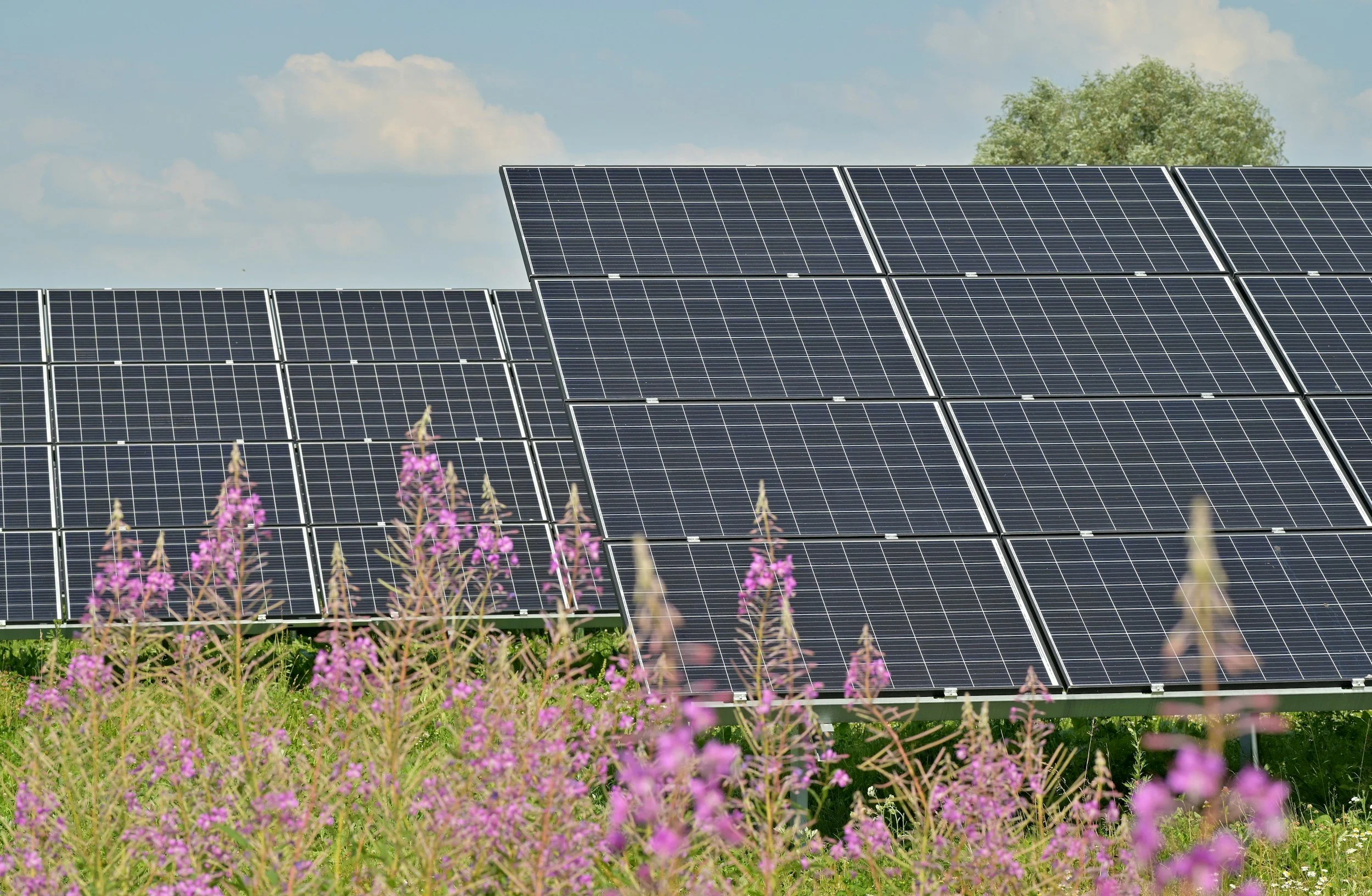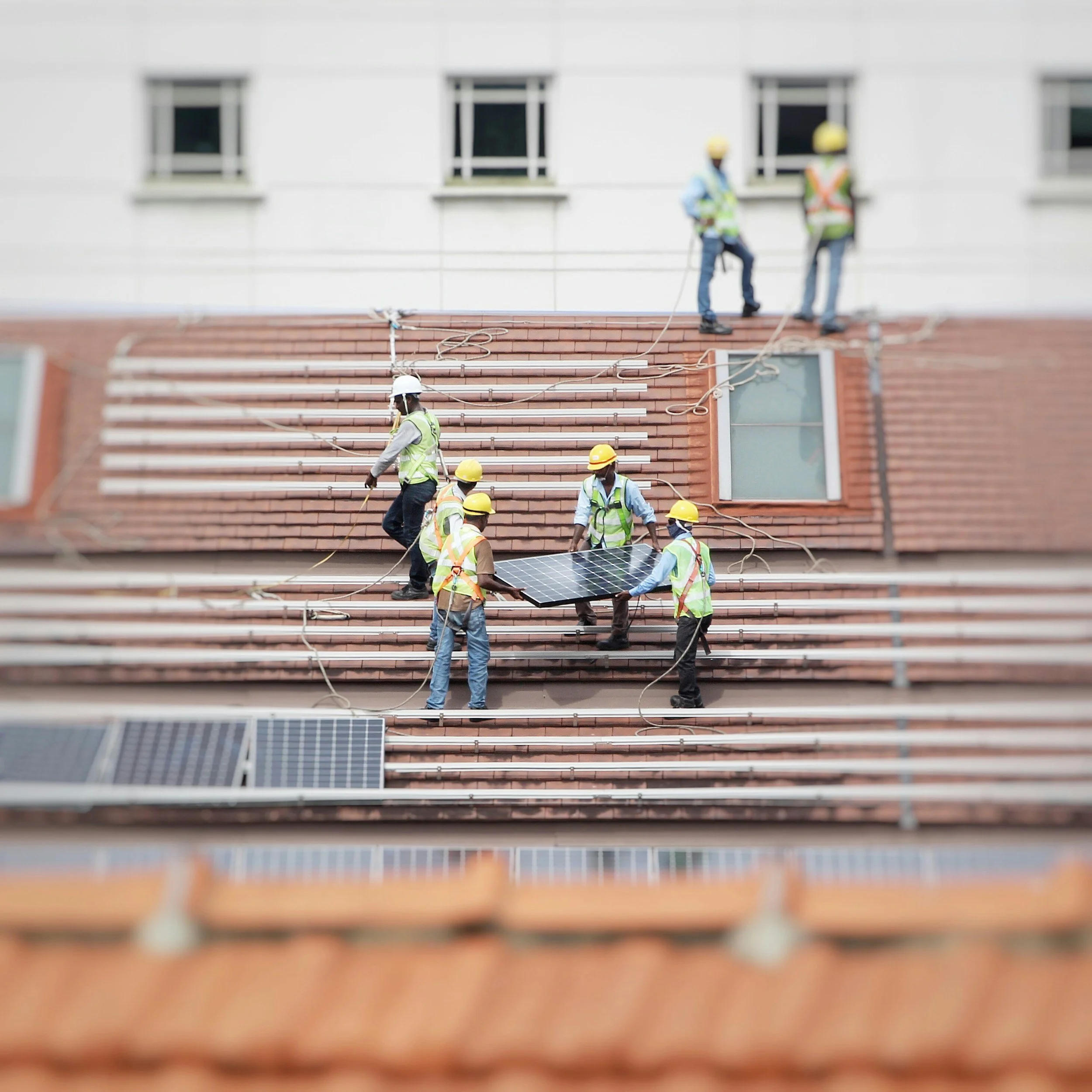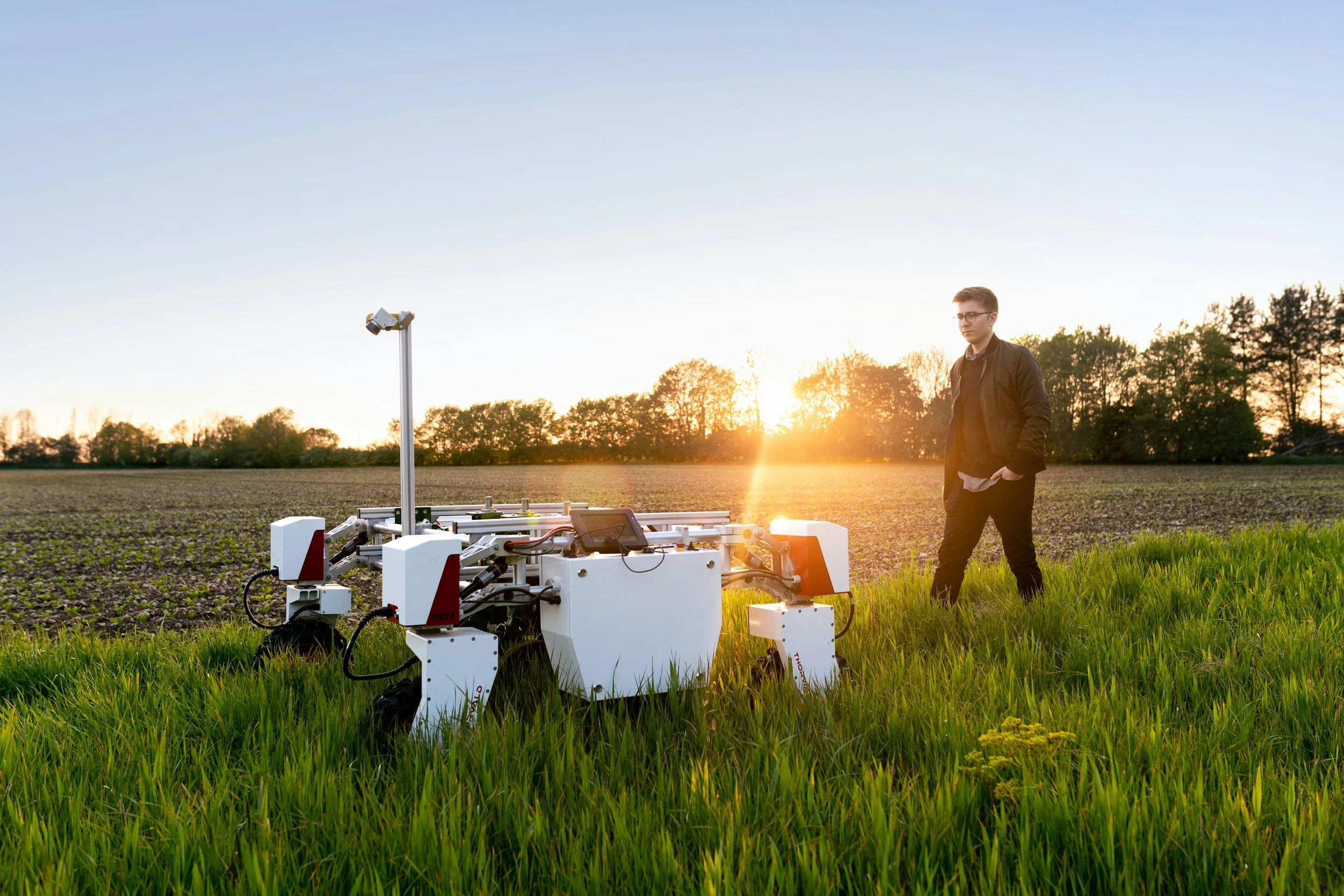Do You Need Planning Permission to Install Solar Panels in the UK?
/Are you considering making the switch to solar energy and wondering if you need planning permission to install solar panels in the UK? You’re not alone — many homeowners are eager to harness the power of the sun, but the regulations surrounding installation can be confusing. As solar panels become an attractive option for sustainable living, understanding the legal requirements associated with their installation is crucial.
While solar energy promises both ecological benefits and cost savings, navigating the landscape of planning permissions can feel like a daunting task. Whether you’re a homeowner eager to reduce your carbon footprint or an investor looking to promote green technology, knowing whether you need planning permission is essential to avoid costly delays or penalties. In this article, we’ll clarify the rules around solar panel installation in the UK and help you determine what you need to consider before taking the leap into solar energy.
Permitted Developments
For solar panels to be classified as permitted developments, they must meet specific criteria:
Minimal Visual Impact: The installation should minimise the effect on your home's appearance and the surrounding area.
Height and Projection: Panels shouldn't project more than 200mm from the roof slope or wall surface. They also shouldn't be installed above the highest point of the roof (excluding chimneys).
Listed Buildings and Conservation Areas: If your property is a listed building or within a conservation area, different rules apply. Generally, you cannot install panels where they are visible from public highways.
Removal: Any equipment should be removed when it's no longer needed.
In most cases, you don't need planning permission for solar panels. The experts tell us that this is because they are considered "permitted development."
Planning Permission for Roof and Wall-Mounted Solar Panels
In the UK, planning permission is generally not required for installing solar panels on a house if certain criteria are met. These guidelines help ensure minimal impact on the building's appearance and surrounding area.
Rules for Roof-Mounted Solar Panels
For roof-mounted solar panels, they must not be installed above the ridgeline of your roof. Additionally, the panels should not project more than 200mm from the roof surface to maintain a sleek profile. It's also essential that these panels are placed in a way that minimizes their visual impact on both your home and its surroundings.
Lastly, when these solar panels are no longer needed for microgeneration, they should be removed to avoid unnecessary clutter.
Rules for Wall-Mounted Solar Panels
When it comes to wall-mounted solar panels, similar rules apply regarding projection limits—they must not extend more than 200mm from the wall surface. This helps keep the installation as unobtrusive as possible while still allowing efficient energy capture. If you have a flat roof, any installed panel must be positioned at least 1 meter away from the external edge of the roof to adhere to safety regulations and aesthetic standards.
By following these straightforward guidelines, you can often install solar panels without needing special planning permissions in most typical scenarios.
Planning Permission for Standalone (Ground-Mounted) Solar Panels
When installing standalone solar panels, planning permission is usually not required if certain conditions are met. The specific criteria ensure minimal impact on the surrounding area.
Location: The placement of the solar equipment should be thoughtful to minimise its effect on the amenity of the area. Position it in a way that blends with the environment and doesn't disrupt local aesthetics.
Height: Ensure no part of your installation exceeds four metres in height. In conservation areas, this limit drops to two metres if closer to a highway than any part of your house or flats.
Boundary: Your installation needs to be at least five metres away from property boundaries. This helps maintain neighbourly harmony and avoids disputes over space usage.
Size: Keep your array within nine square metres or three metres wide by three meters deep. Oversized installations could require additional permissions due to their potential visual and spatial impact.
Removal: When no longer needed, promptly remove the equipment as soon as reasonably practicable. This keeps your property tidy and prevents unnecessary cluttering of open spaces with unused structures.
Factors Affecting Planning Permission Approval
Conservation Areas
If you live in a Conservation Area, planning permission becomes crucial. Panels mounted on principal or side elevation walls visible from the highway require consent. However, installing solar panels on the roof usually does not need permission, even if visible from the road. This exception helps preserve historic aesthetics while promoting renewable energy.
Building Regulations
Aside from planning permission, building regulations must be considered. These rules ensure that installations are safe and do not negatively impact structural integrity. For listed buildings, obtaining “listed building consent” (LBC) is mandatory to confirm that solar panels won't cause major structural damage or alter the property’s character significantly. Compliance with these regulations ensures both safety and preservation of heritage properties.
Applying for Planning Permission
When installing solar panels in certain situations, you might need planning permission. This section will guide you through the process and help you avoid common pitfalls.
How to Apply
First, check if your installation requires planning permission by consulting your local authority’s guidelines or using online resources. If needed, gather necessary documents like site plans and elevation drawings. Submit an application via the Planning Portal website along with the fee. Typically, decisions are made within eight weeks.
Common Mistakes to Avoid
Avoid submitting incomplete applications; ensure all required documents are included to prevent delays. Misinterpreting regulations can also cause issues; always verify specifics with professionals or local authorities. Ignoring neighbours' concerns may lead to objections—consult them early on.
Appealing a Rejected Application
If your application is rejected, review the reasons provided carefully. You can appeal through the Planning Inspectorate within six months of the decision date. Strengthen your case by addressing points raised in the rejection notice and consider seeking advice from a planning consultant for better chances of success.
Using Qualified Solar Installers
Installing solar panels is a great way to reduce your carbon footprint and save on energy bills. However, it’s essential to use qualified installers to ensure the job is done correctly.
Finding an Installer
Finding a reputable installer can be challenging. I recommend starting with accredited bodies like the Microgeneration Certification Scheme (MCS). MCS-certified installers meet high standards and offer peace of mind. Additionally, check for reviews online or ask for recommendations from friends who have installed solar panels.
Consumer Protection
Using qualified installers also protects you as a consumer. In the UK, if something goes wrong with your installation, having an MCS certificate ensures you're covered under schemes such as the Renewable Energy Consumer Code (RECC). This code provides access to dispute resolution services and guarantees workmanship quality for up to six years.
Seeking Professional Advice
Consulting professionals before installation can save time and money in the long run. Qualified installers conduct site assessments considering roof orientation, shading issues, and structural integrity. They provide tailored solutions that maximise efficiency and comply with local regulations, ensuring you avoid any legal hiccups down the line.
Conclusion
Navigating planning permission for solar panels can feel tricky but understanding the guidelines makes it manageable.
Always check local regulations and consider consulting professionals to avoid any surprises.
Qualified installers will not only help with compliance but also ensure your system is safe and efficient.
By doing a bit of homework and choosing certified experts, you're setting yourself up for a smooth transition to renewable energy. Happy solar panel hunting!
About the Author:
Glow Green is a UK-based company that specialises in the installation of energy-efficient products which includes boilers and solar panels. The company is recognised for its commitment to quality service with a dedicated team of qualified engineers and a customer-centric approach.
You may also be interested in…











































Heating, aside from being one of the main sources of carbon emissions, is also a major source of energy expenditures, often accounting for more than half of a household's total energy costs. This is why living sustainably can be both beneficial for the environment and cheaper for the average person, assuming they make the right choices for their home.